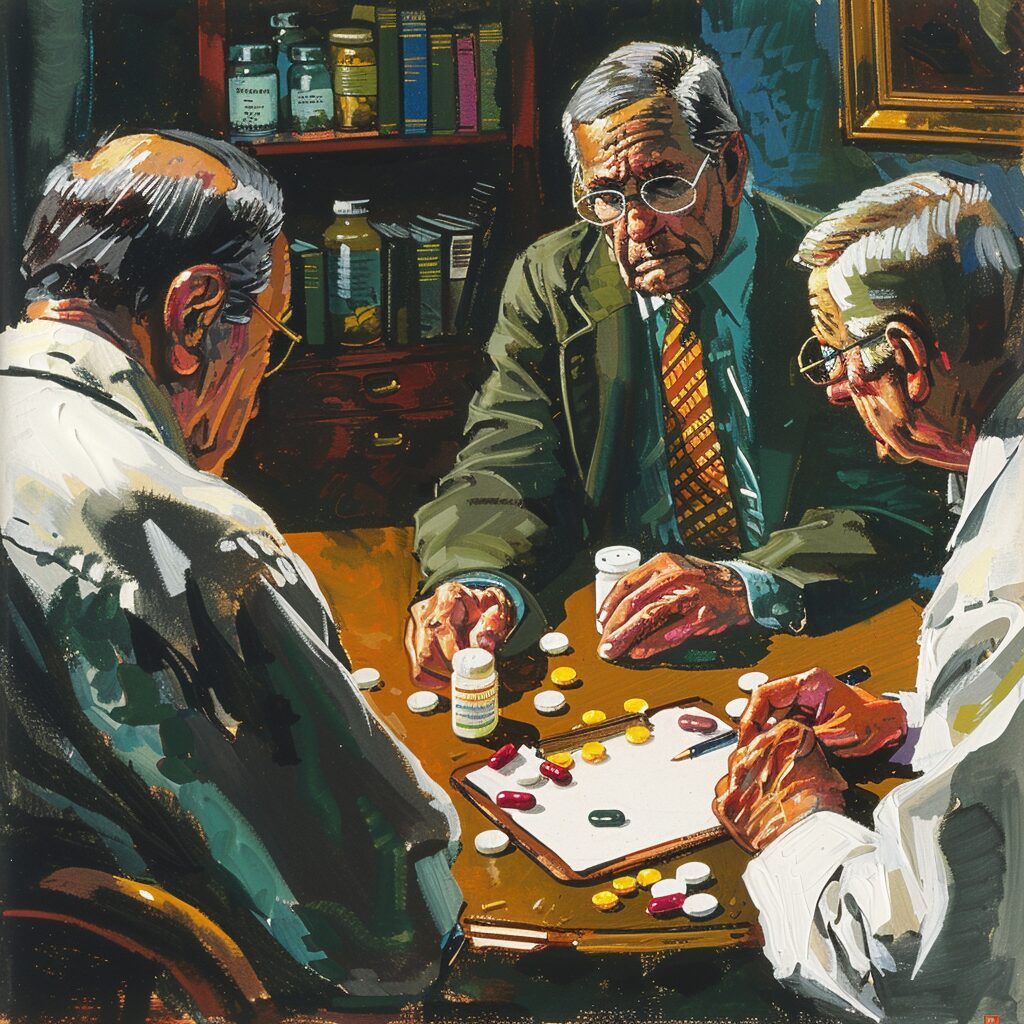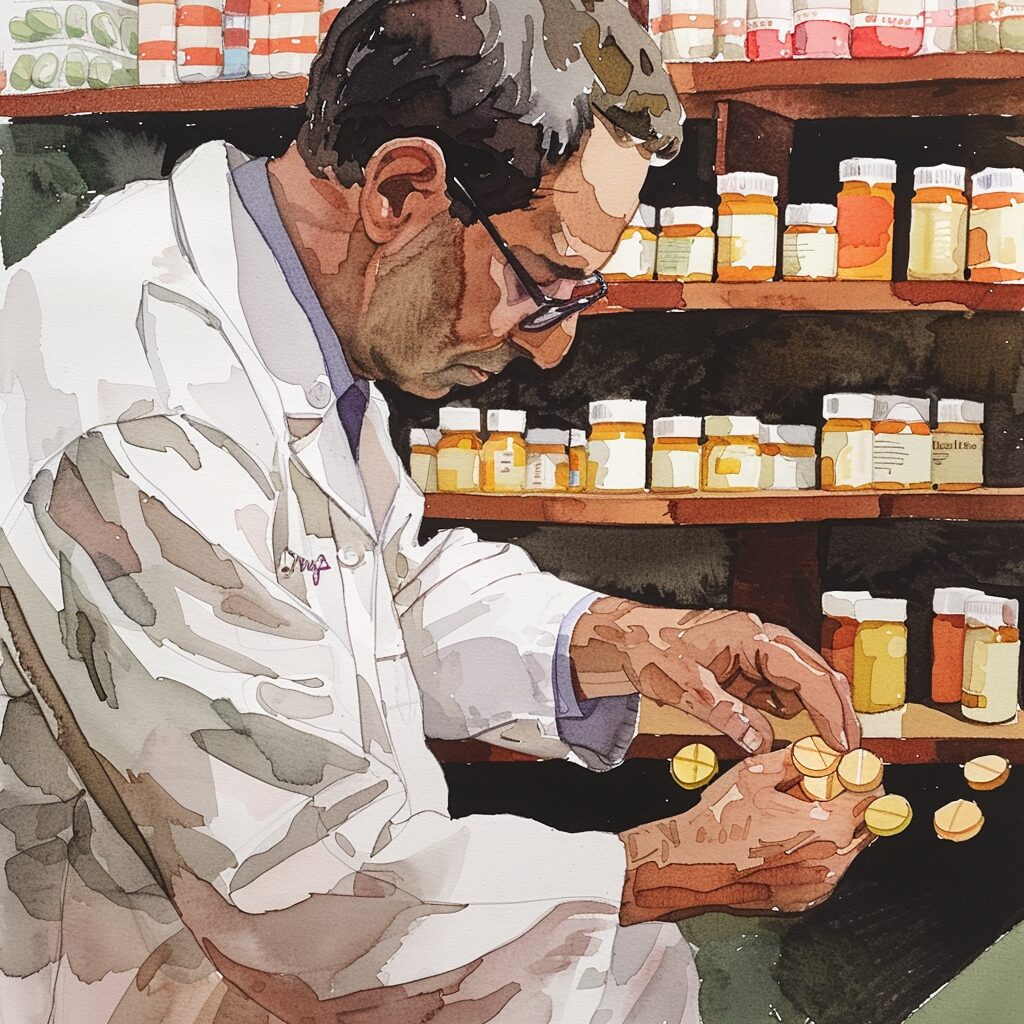Key takeaways:
- Approximately 70% of U.S. adults have experienced some form of trauma, which can be linked to substance use disorders (SUDs).
- Lantana Recovery’s trauma-intensive services are a crucial part of their treatment approach.
- Trauma can result from various distressing events, including combat, bullying, violence, abuse, illness, accidents, disasters, and unexpected loss.
- Lantana Recovery offers various modalities for trauma treatment, allowing clients to choose their programming based on personal preference.
- Exposure therapy, art therapy, music therapy, EMDR, acupuncture, and mindfulness-based stress reduction are some of the trauma treatment options provided by Lantana Recovery.
- Each therapy approach addresses trauma from a unique perspective, helping clients to process and cope with their experiences.
According to “How to Manage Trauma” by the National Council for Mental Wellbeing, approximately 70% of U.S. adults have experienced some type of traumatic event at least once in their lives. Exposure to traumatic experiences, especially those occurring in childhood, has been linked to substance use disorders (SUDs), including abuse and dependence. Despite the clear connection between trauma and substance abuse, only around 19% of American outpatient substance abuse facilities consistently offer trauma services. Lantana Recovery is unique in that our trauma-intensive services form a cornerstone of the overall approach to treatment.
What is trauma?
Trauma is defined as a lasting response to a distressing event. Common types of events that cause trauma include:
- Combat
- Bullying
- Rape
- Violence
- Physical or sexual abuse
- Terminal illness
- Serious accident
- Natural disaster
- Unexpected loss
These events can occur once or many times. Trauma can be classified as falling into three different categories:
- Acute trauma: Resultant from a single incident
- Chronic trauma: Repeated prolonged exposure
- Complex trauma: Multiple and varied traumatic events
Treating Trauma
Lantana Recovery offers a variety of modalities for the treatment of trauma through our Empowerment Program. The exact mix of programs selected is entirely up to the client. Lantana Recovery believes in empowering our clients to direct their treatment and to choose their programming based on personal preference, informed by the input of world-class clinical staff.
Exposure Therapy for Trauma
Exposure therapy involves exposing an individual to a traumatic trigger over time in a safe environment to reduce their innate response. Types of exposure include:
- In Vivo Exposure: This is where the trigger is directly confronted in real life.
- Virtual Reality Exposure: Where a trigger is experienced via virtual reality. For example, a fear of flying may be addressed through the use of a flight simulator.
- Interoceptive Exposure: This is exposure to the sensations that accompany a trigger. This type of exposure focuses not on recreating the actual trigger but on the sensations that come along with it.
- Imaginal Exposure: This entails imagining the trigger in one’s mind in an effort to become desensitized to it.
Art Therapy for Trauma
The efficacy of art therapy is rooted in the idea that the body holds onto trauma, even in ways that the conscious mind is not fully aware of. “Art therapy includes an array of activities, including incident drawings (i.e., a drawing of an incident that occurred while using substances), drawing/painting emotions, stress painting (i.e., painting during times of anxiety and/or stress in order to relieve feelings of stress), creating an art journal, and creating sculptures” (The Use of Art and Music Therapy in Substance Abuse Treatment Programs, Aletraris et al., 2014.) Art therapy allows for the unique expression of one’s feelings outside of the verbal domain. Art therapy includes a variety of modalities, such as drawing, coloring, collage, photography, and working with clay.
When asked to artistically represent how a particular trigger makes a client feel, they may find that they are better able to draw it or represent it through various colors than verbally express the same feeling. Regardless, there is no question that it allows for a more holistic expression of the feelings that are triggered by a traumatic experience.
Music Therapy for Trauma
Music therapy (MT) and music-based interventions (MBIs) are increasingly used for the treatment of substance use disorders (SUD). Trauma can cause hyperarousal, anxiety, and depression. Music therapy can entail either passive or active components. Passive music therapy involves listening to specific types of music that alleviate symptoms of trauma. The music may be relaxing, it may remind the listener of happy times, or it may be uplifting. Passive music therapy can be designed to distract from the distressing thoughts a client may be experiencing.
Active music therapy involves the creative production of music. For example, it may entail drumming, improvisation, or composition. Active music therapy requires the client to expand their focus beyond a traumatic experience to express themselves uniquely. After both types of therapy, participants reflect on ideas that were evoked, feelings that were expressed, or emotions that were felt to better elucidate the personal impact that the therapeutic experience elicited.
EMDR for Trauma
Eye movement desensitization and reprocessing (EMDR) is a time-tested therapeutic intervention that has been demonstrated effective in combat veterans struggling with PTSD, according to Frontiers in Psychology. EMDR relies on the use of bilateral stimulation for its efficacy.
According to the Adaptive Information Processing model, retrieval of memory from long-term storage while simultaneously engaging in bilateral stimulation reduces the vividity of the memory and thereby diminishes its traumatic effect. Bilateral stimulation is the cornerstone of EMDR. It involves alternating taps/vibrations, flashing lights, or sounds that switch between a person’s left and right.
Acupuncture for Trauma
Acupuncture is a 4,000-year-old Chinese medical practice that involves placing thin needles along specific points of the body. The needles do not hurt, and the process is believed to help regulate certain neurotransmitters responsible for pain and mood. Researchers speculate that needle insertions do this through the regulation of endorphins, serotonin, and noradrenaline, in addition to GABA.
It is also thought to reduce inflammatory cytokines and stimulate the production of endogenous opioids. While there is some controversy regarding the empirical efficacy of acupuncture, the Journal of Evidence-Based Complementary and Alternative Medicine called the data supporting a clinical effect “encouraging but not cogent.”
Mindfulness-Based Stress Reduction
Trauma is caused by an overactive brain. Mindfulness calms the brain and brings neurotransmitters into balance. A study in the Journal of Psychiatry and Neuroscience found mindfulness effective in restoring proper function to PTSD-affected brains, which were simultaneously under-stimulated in some areas and overstimulated in others.
There are a variety of mindfulness modalities that can be practiced as a part of a mindfulness-based stress reduction (MBSR) routine. These include journaling, yoga, breathing techniques, meditation, and group dialogue. Like other trauma therapies, MBSR builds the capacity to focus on the present moment rather than ruminating about the past or worrying about the future. Consistent practice over time builds neural networks that make the brain more apt to focus on the “here and now.”
Bottom Line
Lantana Recovery understands that trauma is a powerful driver of substance abuse. That’s why Lantana Recovery offers a wide variety of options for clients to utilize as they navigate the path to recovery through the Empowerment Program. Each of the modalities offered by Lantana Recovery addresses issues of trauma from a unique perspective. Art and music therapy allow an individual to express their feelings related to trauma more fully and in ways not possible through the spoken word. EMDR reduces the vividity of memories, while acupuncture releases neurochemicals responsible for relaxation. Finally, mindfulness-based stress reduction increases the brain’s capacity to focus on the present.







